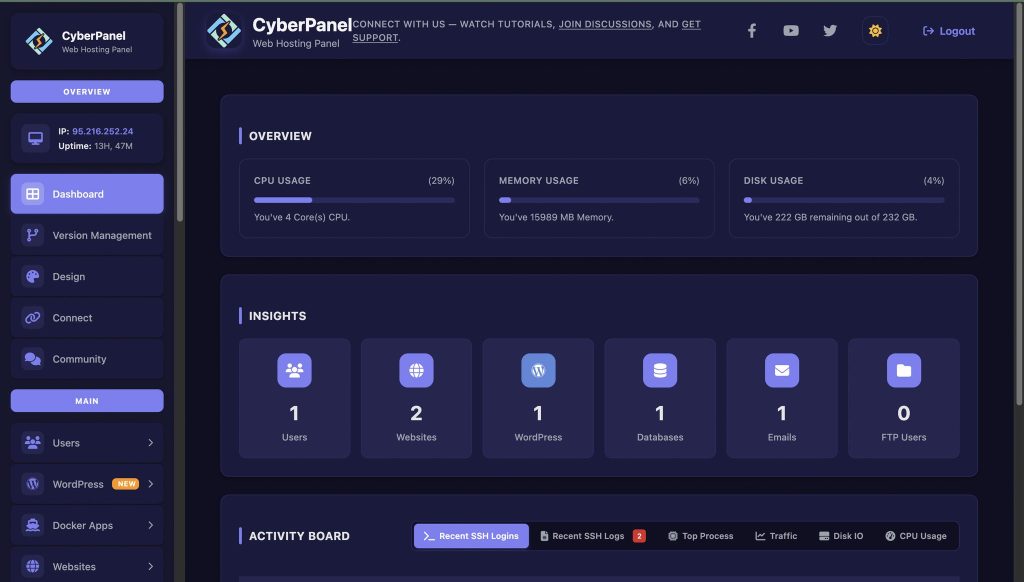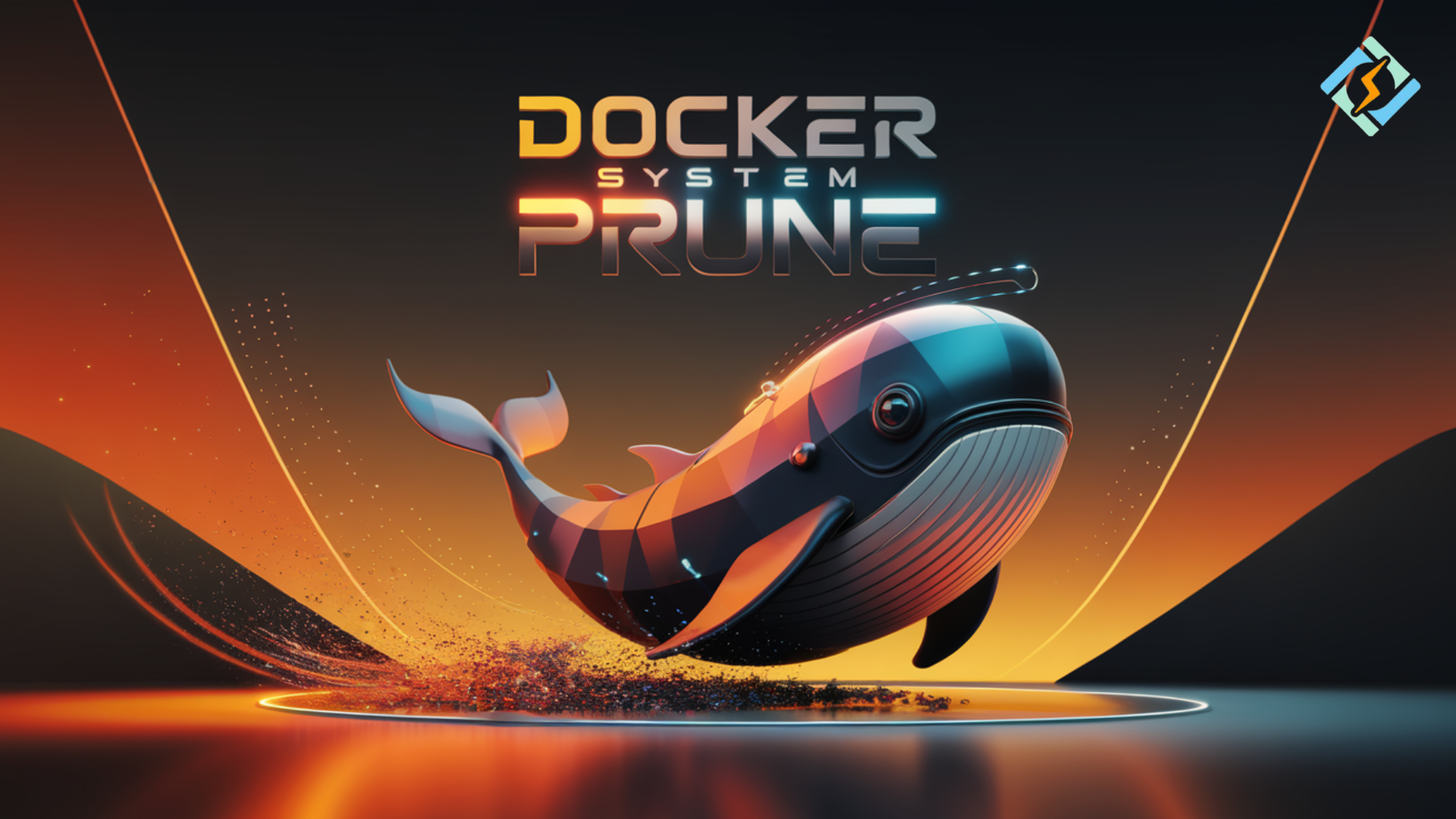You know that Docker is a powerful tool for containerization. But what if you don’t maintain it properly? Your system will quickly fill up with unused images, containers, and volumes. This is where you need docker prune command. It is there for you to keep your environment clean. This command will save you time and resources.
In this guide, we are going to explore docker prune, the differences between its variations, and practical examples.
Let’s go!
What is Docker Prune?
Docker prune is a command that removes unused Docker objects such as containers, networks, volumes, and images. This command helps you free up disk space and keeps your environment clean. By default, it removes only stopped containers, dangling images, and unused networks.
How to Use Docker System Prune?
The docker system prune command is a powerful option. It clears out all unused data from Docker in a single step.
docker system prune
Output:
Get exclusive access to all things tech-savvy, and be the first to receive
the latest updates directly in your inbox.
WARNING! This will remove:
- all stopped containers
- all networks not used by at least one container
- all dangling images
- all build cache
Are you sure you want to continue? [y/N]
You can use this command when you want to clean up your entire Docker environment in one go.
What is Docker Image Prune?
The docker images prune command is used specifically to remove dangling and unused images.
docker image prune
If you want to remove all unused images (not just dangling ones), use:
docker image prune -a<br>What Does Docker Prune All Do?
It usually refers to running docker system prune -a, which aggressively removes everything unused.
docker system prune -a
Output:
This will remove not only dangling images but also any unused images, even if they are not dangling. You should use this carefully if you don’t want to lose important images.
Difference Between Docker System Prune and Docker Image Prune
Here’s a quick comparison for clarity:
| Command | Cleans Up |
|---|---|
docker system prune | Containers, networks, dangling images, build cache |
docker image prune | Only dangling or unused images |
docker system prune -a | Everything not used, including all unused images |
How to Use Docker Prune Commands Safely
- Always use caution, due to the irreversible nature of these commands.
- If you want to target image-only cleanup use docker image prune.
- If you want system-wide cleanup use docker system prune.
- Use the -a flag only if you’re certain you want to remove all unused images.
The Assistance of CyberPanel in Docker Management

CyberPanel, a web hosting control panel, eases server and hosting management. In case you run Docker from a CyberPanel server, you may have images and containers that have not been used and occupy storage space. Executing docker system prune keeps the space clean while also ensures that performance is stable. CyberPanel does provide visibility into resources, whereas docker prune ensures those resources are optimized.
Conclusion: Keep Docker Clean and Efficient!
To sum up, the docker prune command is essential for managing disk space and keeping your Docker environment lean. Whether you’re using docker system prune for full cleanup or docker image prune for image-specific cleanup, you can be confident that you have full control.
If you desire a clean, safe, and efficient Docker experience, make Docker prune part of your workflow now!

People Also Ask
Can I automate docker prune on Linux?
Yes, you can set up a cron job to run docker system prune on a schedule. This ensures your Docker environment stays clean without manual intervention.
What’s the difference between docker rm and docker prune?
docker rm removes specific containers you target, while docker prune automatically removes all unused containers, networks, and images in bulk.
Is it safe to run docker system prune regularly?
Yes, it is generally safe, but be cautious. It deletes unused containers, networks, and images. If you want to avoid losing needed images, avoid using the -a flag.
How much space can I recover with docker prune?
The space you recover depends on how many unused objects Docker has accumulated. In active development environments, pruning can easily free up several gigabytes.



